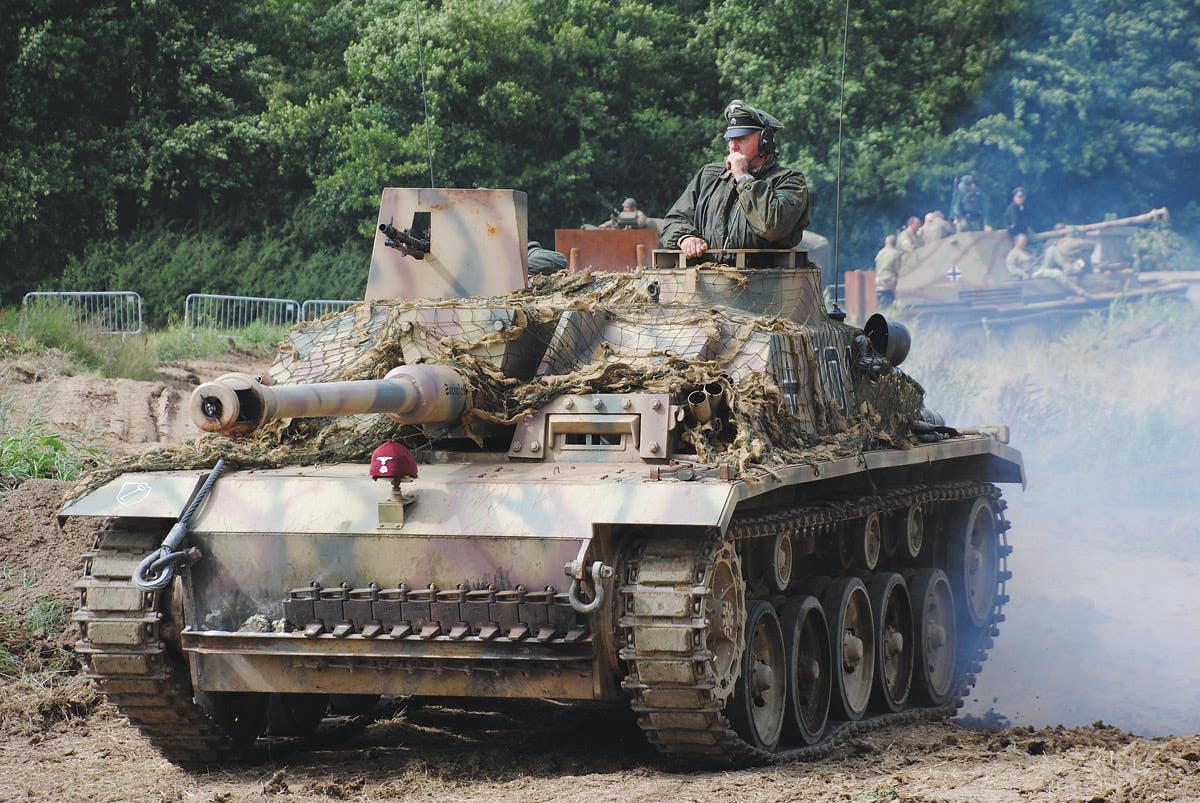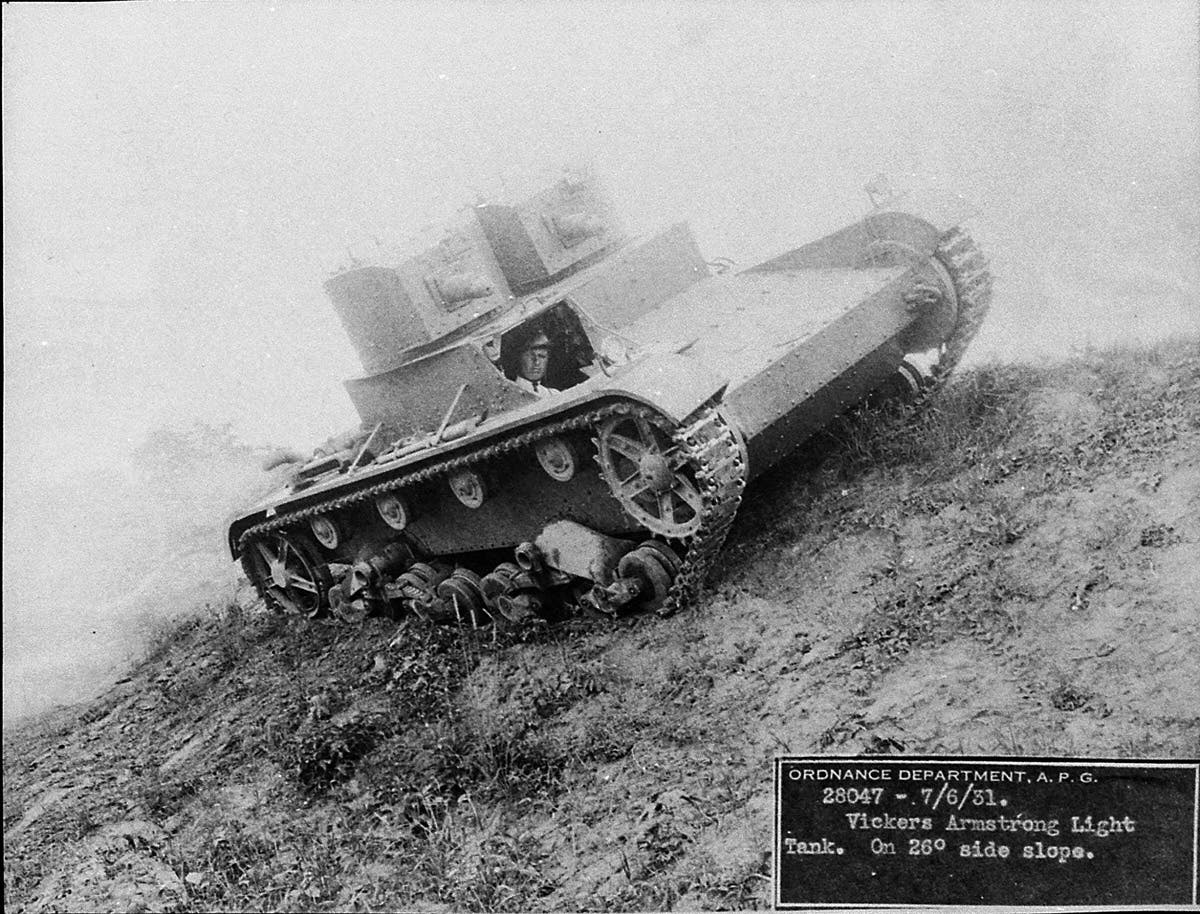A nation that balanced on two wheels: Two-wheeled transportation of the Third Reich
When Adolf Hitler came to power in 1933, bicycles had become a normal mode of transportation for the common people in the depression strapped country, when money was ridiculously tight, jobs few and most people barely able to feed their families, let alone purchase more expensive modes of transport.
When German inventor, Karl von Drais, invented the “Swiftwalker”, a pedal-less wooden-framed two wheeled device in 1817, wealthy members in the community quickly took notice and vied for like machines of their own. In 1853, Philipp Moritz Fischer upgraded the Swiftwalker design by developing the first pedal driven model, enhancing the speed and effort needed to go down city streets and country lanes. This was soon followed in 1863 by the French manufactured, commercially successful, “Velocipede” (also known as the “Boneshaker” due to its hard wheels and punishing ride). As multiple companies continued to improve on the original ideas and prices became more affordable, more people across Germany and the rest of Europe took to two wheels as an easier way of traveling then on foot.
Through the turn of the century, bicycles continued to be popular for both short and longer trips. People in rural areas considered travel by foot, horseback, wagons and now bicycles as their sources of transportation, while urban citizens relied on walking, rudimentary mass transit and bicycles. Though automobiles were becoming slightly more common as time passed, their high prices and scarcity of service kept their growth at a minimum. Because of the comparatively low cost to own and operate, bicycle use accelerated during the Great Depression of the 1920’s and 30’s, with a steady stream being produced in German factories bearing names such as Stricker, Haenel, Frike, Kuxmann and Opel-Werke (bicycle division). When Adolf Hitler and the “Nationalsozialistische Deutsche Arbeiterpartei” (NSDAP – Nazi Party) came to power in 1933, bicycles had become a normal mode of transportation for the common people in the depression strapped country, when money was ridiculously tight, jobs few and most people barely able to feed their families, let alone purchase more expensive modes of transport.
From the beginning, Hiter’s focus revolved around the clandestine preparation for war and the accompanying “Lebensraum” (seizing land for the expansion of the Aryan community). In preparing for the coming conflicts, past military experiences were considered where bicycles had proved viable sources for rapid and versatile travel of scouts, messengers and infantry. During the Great War, the Imperial army had formed eight German “Radfahr-Batailionen (bicycle battalions) which proved effective in these capacities both on the front and behind the lines. Though Hitler’s military leaders would not rely on bicycle troops as a large fighting force, plans were laid for two-wheeled uses in both motorless and motor units during the early German “Blitzkriegs” and later phases of the war.
Organized biking associations were not new in Germany in the 1930’s as bike clubs had been in existence since the last quarter of the nineteenth century. The Leipzig” Bund Deutscher Radfahrer” (BDR – German Cycling Federation) first formed in 1884, was later joined by other clubs that would spread across the country in the following years. To continue the total control by “big government” within his regime, Hitler declared that all of the local and regional clubs were to disband, with their members instead joining the “Deutscher Radfahrer Verband” (DRV), the cycling arm of the NSDAP sports organization. By doing so, the Nazi Party would oversee the propaganda-saturated organization’s agendas, and make sure that any “undesirables” (non-Aryans) were excluded from membership. When becoming a new member of the DRV, a cyclist would be issued a “Mitglieds-karte” (membership and dues card) with his name, Group, Gau (county of residence), address, age and association. The reverse of the card contained DRV rules and regulations, and a place for his monthly dues’ stamps. Besides the card, members could also wear a DRV membership pin. These attractive badges were mostly worn in stickpin form, featuring a circular dark red enamel face with a black swastika and the letters “DRV” surrounded by a spoked bike wheel. In addition to any of the large well-organized events, small scale Party approved bike touring and racing became increasingly popular pastimes for millions of Germans, leading many to believe that Hitler and the Third Reich promised a better future for the average citizen with more enjoyable leisure time and abundant benefits. Training and events attended by both enthusiastic, and sometimes reluctant participants, produced young Germans who were more physically and mentally fit overall. This “hardened” young men into stronger soldiers, and young women into healthier mothers, the later able to bear the children needed to replace the losses in the population caused by WW1 and the crushing economy that followed.
After the invasion of Poland in 1939, the Wehrmacht amassed 80 supplementary bicycle companies with over 14,000 soldiers. These men rode quickly, but quietly, carrying weapons, supplies and radios in small groups across the vast expanses of eastern Europe. Later, with new countries overrun and home factories working at capacity for wartime production, truckloads of foreign bicycles were confiscated from Holland, France, the Netherlands, Italy and others under German control. These would be used by both members of the military, and those at home. Preference in civilian distribution was always given to workers in public service or the industries deemed necessary for the war effort.
Motorcycles had a long, but limited history on Germany’s roads before Hitler came to power. This would change when they would become a vital element of transportation during the Third Reich.
A forerunner of the motorcycle, the French self-powered, steam driven “Michaux-Perreaux steam velocipede” was first produced in 1867. Much later, a commercially built internal combustion engine powered bike, the German Hildebrand & Wolfmuller, named the “Motorrad” (motorcycle), made its Munich debut in 1894. This inspiring machine spawned a fledgling industry that soon produced a variety of models in different countries. By the 1920’s, the speed and thrill of riding, along with the greater carrying capacities they offered than bicycles, and less expense than automobiles, caused the popularity of motorcycles to grow across the globe. Motorcycle organizations sprang up around Germany as enthusiasts wanted to compete with each other and take touring trips together. In addition, the military saw great advantages in motorcycle use as a faster and more practical way than bicycles to carry messages and supplies to soldiers stationed in combat areas. Though many of the National Socialist paramilitary organizations supported their own contingents of motorcycle riders, the “Nationalsozialistische Kraft Korps (NSKK – Nazi motor corps), the “Hitler Jungen” (HJ- Hitler Youth) and the Wehrmacht were the main State sanctioned groups that conducted motorcycle training for sport, leisure and future combat.
The HJ and the NSKK both gave opportunities to thousands of boys and young men to learn about and ride motorcycles, since many were not able to afford them on their own. Men in the NSKK were taught how to drive and repair motorcycles, in addition to their lessons on a variety of trucks and automobiles. They were then given opportunities to take road trips, compete in races, or transport members of the SA (Storm troopers) and other political groups to various official and social events. Hitler Youths also enjoyed the time they would spend repairing and riding motorcycles during their camp stays and at organized gatherings, all the while being grateful to the NSDAP for giving them newfound opportunities. In both organizations, the underlying goals were to both foster knowledge about of vehicles, and to hone the skills needed as future soldiers in Hitler’s armed forces.
During the war years, the Wehrmacht “Kradschutzen Truppen” (motorcycle troops) were put into service as highly mobile units that carried out rapid assaults and worked in support of the other army and Waffen SS forces. The motorcycle troops functioned as messengers and scouts, along with carrying Panzerfausts as tank hunters and sidecar-mounted machine guns in infantry attacks. Motorcyclists sometimes accompanied tanks and tank destroyers in order to quickly seek out viable targets for attack or to warn the armored vehicles for a quick defense. The two-wheeled troops, riding openly without protection across the battle zones, faced groundfire, artillery and aircraft strafing as they sped along their missions in Europe and North Africa.
The main domestic suppliers of wartime motorcycles for the Wehrmacht and SS were Zundapp, BMW and DKW. It is estimated that these, along with other smaller manufacturers produced over 200,000 bikes for the military from 1939 to 1945. In addition, thousands of captured enemy motorcycles were repainted and labeled for German armed forces use, though lack of repair parts often made them difficult to service.
In Germany and the occupied countries, municipal policemen, rural gendarmes and border guards had also found motorcycles as inexpensive and dependable ways to traverse their routes quickly and economically. This became even more essential later on as allied bombing and the encroaching ground forces made travel on roadways with four wheeled vehicles difficult, if not impossible.
With the defeat of the Third Reich, much of the German roadways were unusable, and unrestricted fuel non-existent. In addition to returning to travel by foot and horse drawn wagons, bicycles and motorcycles became the remaining sources of getting from place to place when automobiles were left unused and damaged train routes severely curtailed. The prominance of two-wheeled vehicles was to be the norm for the defeated nation in the years that followed, until Germany was able to shake off the shackles of Nazism and once again rebuild its once beautiful country into the powerhouse it is today.
Chris William has been a long-time member of the collecting community, contributor to Military Trader, and author of the book, Third Reich Collectibles: Identification and Price Guide.
"I love to learn new facts about the world wars, and have had the good fortune to know many veterans and collectors over the years."
"Please keep their history alive to pass on to future generations".








